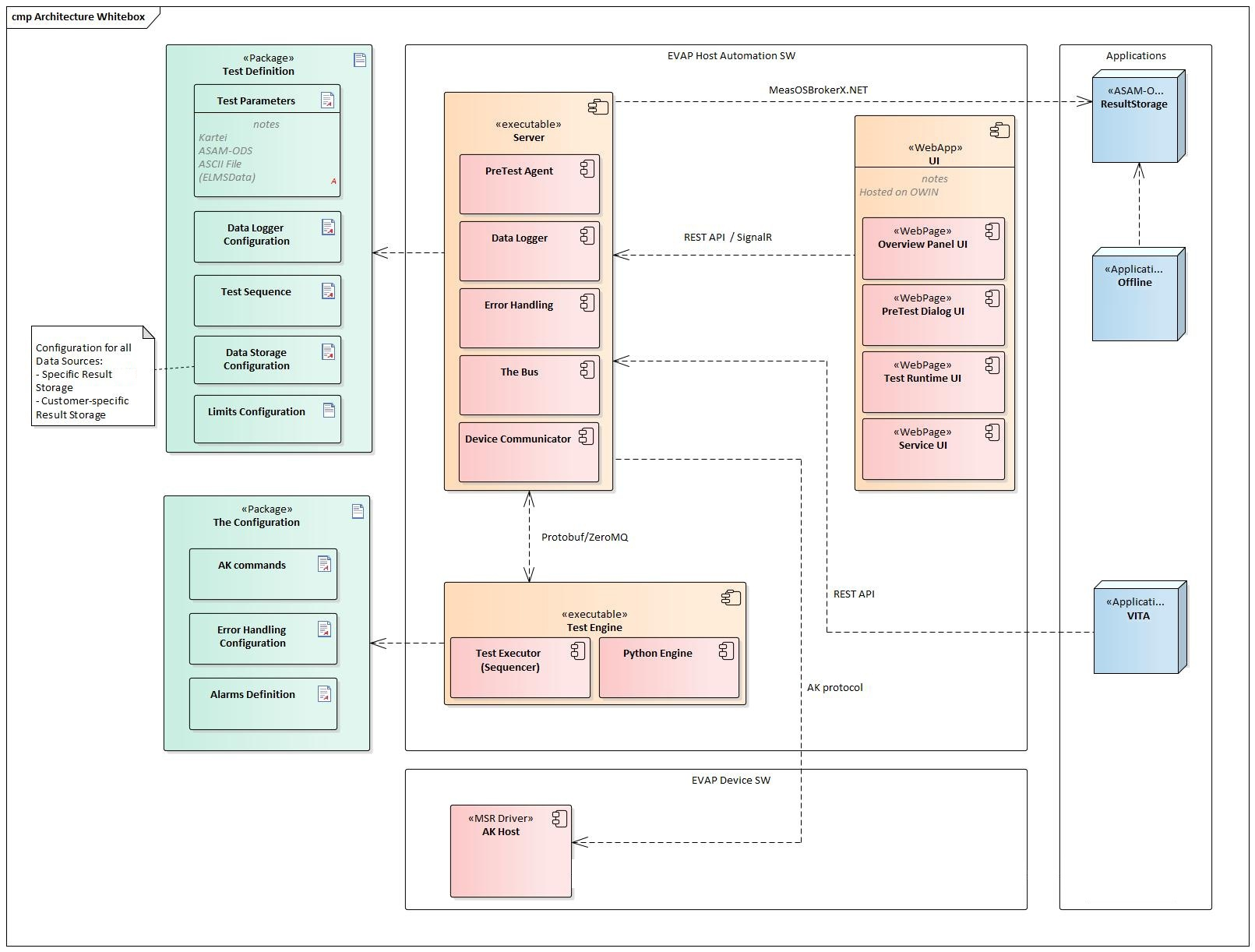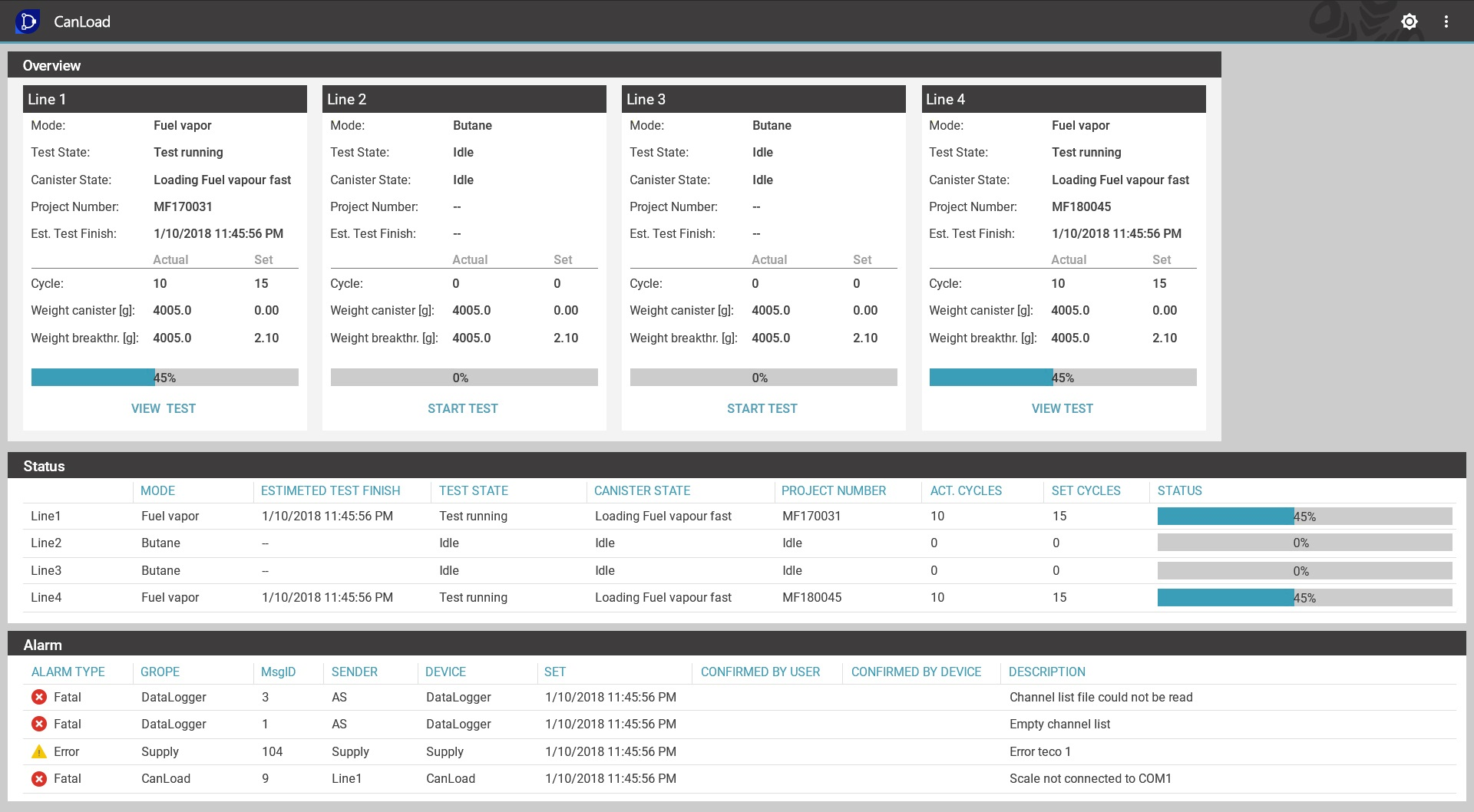Customer
As a leading provider of evaporative emission control systems for the automotive industry, our customer plays a crucial role in the industry's ongoing efforts to reduce emissions, minimize environmental impact, and improve human health. Vehicle exhaust emissions, generated during the combustion of the air-fuel mixture in engines, release volatile organic compounds into the atmosphere. Additionally, harmful emissions result from fuel evaporation in tanks and fuel lines during vehicle stops or refueling.
Evaporative emission regulations in the automotive industry, stable for decades, underwent extensive changes in the late 2010s. This prompted our customer to harmonize vehicle emission test procedures with current market requirements.
Challenge
Having successfully served numerous OEMs, TIER1 suppliers, and governmental authorities with evaporative emission test systems, the challenge was to provide complete functionality while facilitating convenient migration scenarios. The goal was to implement a new software automation platform catering to test cycle configuration, data handling, visualization, and analytics.
Objectives included:
• Support for new legislations;
• Suitability for R&D, certification, and SOP testing scenarios;
• Adaptation to the new OS (Windows 10) and potential future changes;
• Support for new generation hardware instruments and readiness for future updates.
Solution
The previous versions of the automation software, coupled with proprietary software and hardware components, were not easily modernizable. Applied Systems took a strategic approach:
1. Defined a clear interface, fully isolating the automation system from hardware specifics for easy support of new devices.
2. Specified a modular architecture, separating execution and configuration levels, and providing interfaces to higher-level systems (e.g., test order management).
3. Provided a convenient framework and toolset for the implementation of every legislation procedure, allowing engineers to use the Python language for defining test sequences, making it adaptable to new legislation requirements.
The diagram below shows the structure of the evaporative emission testing system. Tests can run in manual or automatic mode, all functions can be configured and visualized on the operator PC.

Key functions of the automated evaporative emission testing system:
- Continuous monitoring of system performance;
- Independent control of several test lines;
- Notification settings for critical parameters;
- Automatic canister purging and loading;
- Emergency stop function;
- Automatic leak detection;
- Restore function in the event of a system failure;
- Reports generation according to legislative requirements.
The graphical user interface of such complex systems should ensure operational comfort for personnel and minimize the time spent on navigation. The redesign of the interface made by our specialists allowed to increase usability by providing a convenient visualization of control elements and technological processes.

Result
Our platform ensures efficient control of the evaporative emission testing process, seamlessly integrated into the customer's software and hardware ecosystem. The development tool enables compliance with various emission regulations (UN GTR-19 (WLTP EVAP), Euro 6d, EPA TIER 3, CARB LEV III, China 6), opening up new business opportunities in related fields such as electrification, marine, aerospace, and SORE applications.
